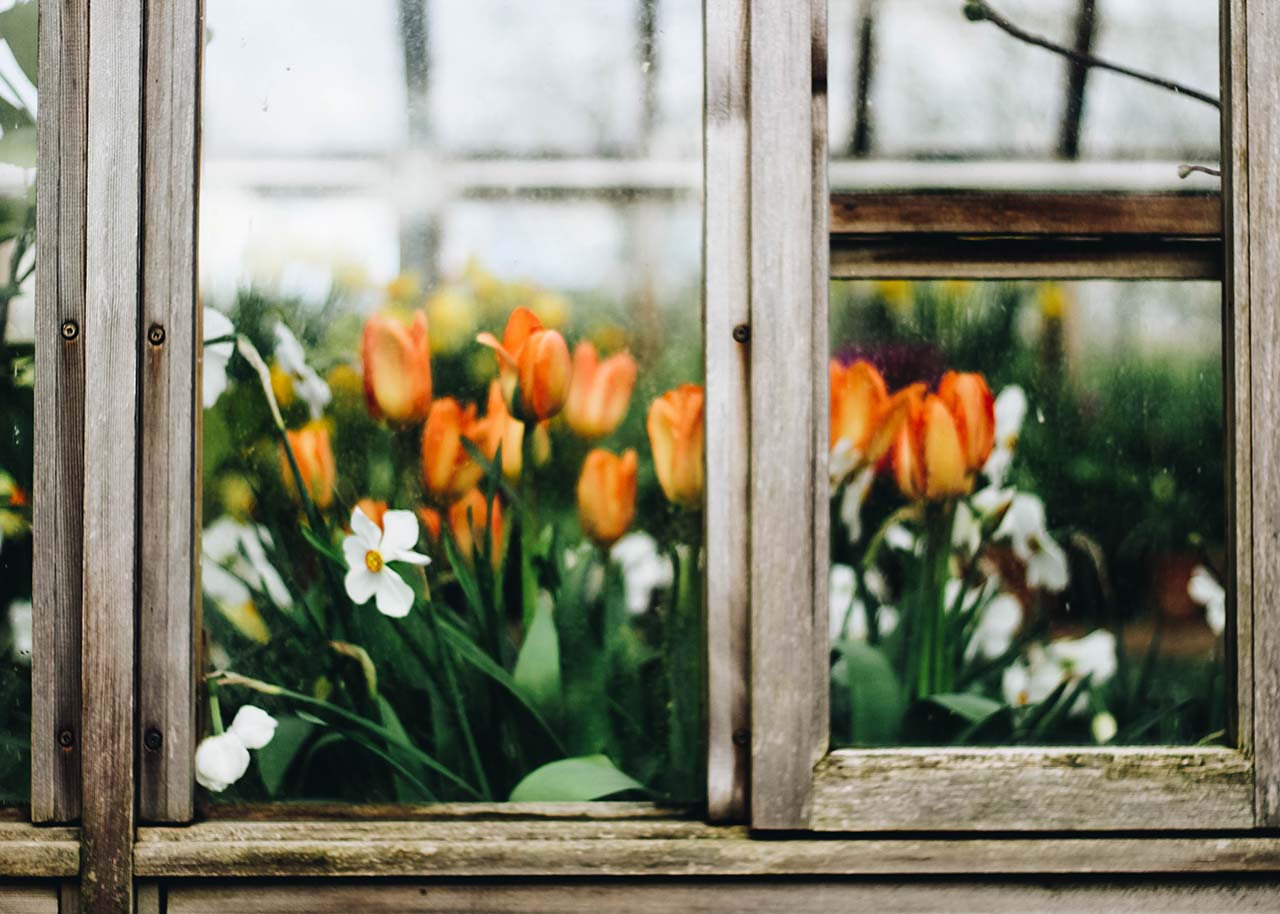collaborative post
A garden in bloom is always a lovely sight and is more common during the summer. Unfortunately, the winter weather can cause the blooms to fade, causing the garden to look flat and bleak. However, having a solid plan can ensure your garden maintains its unique texture, colour, and structure to draw interest, no matter the season.
Creating a garden is fun, but it may be daunting to keep it looking its best all year. Below are a few simple tips for keeping it looking beautiful year-round.
1. Research native plants
Research before preparing the bed or buying a plant. You can do this by visiting other gardens to learn valuable things you can apply to your garden. This way, you can appreciate what works for them, their challenges, and the best way to tackle them in your garden. Researching can prepare you for any potential issues you will face. While native plants are great options, researching can reveal more plants that will do well in your region. For instance, learning about your region’s hardy plants can allow you to blend annuals, perennials, and container plantings for all seasons. You may also visit nurseries and garden centres at various year periods to know more about the blooming schedule and how plants look in the various seasons.
2. Create a solid base
Once you know which plants are best for your location, you can begin planning your garden base. That is usually the case when you are considering shrubs and trees. Consider a blend of deciduous and evergreen materials for the base. This way, one species will be more prominent when another loses its foliage during the winter. Meanwhile, it is best to choose shrubs and trees with fascinating structures that add a sculptural character to your garden when the plants shed their leaves in winter.

3. Layer your plant material
Layering your garden allows your blooming plants to grow. You may add a variety of heights to add interest and depth to the scenery. Your small perennials in your garden front won’t look overshadowed when you have your shrubs and trees with solid bases at the rear of the garden. Consequently, it becomes much simpler to maintain the garden since the perennials, which require more attention and care, will be easier to reach in front while the less-tedious trees and shrubs sit at the back.
4. Inspect the garden
Take stock of all the plants in the garden and record their blossom schedule. You can use a spreadsheet or simple journal to list the name of the plants and bloom months. For instance, if you have forsythia bush or spring-flowering bulbs, you can tick their blooming month in your region. For the daylilies, tick them for the entire summer. When you inventory the garden, it becomes easier to notice gaps in its bloom sequence. As a result, you can easily fill those gaps with shrubs, annuals, and perennials such as tulip bulbs. Remember that some plants may not thrive in your garden even when you know they grow in your region and even when they bloom.
5. Be consistent with garden maintenance
The right gardening practices, such as weeding, mulching, and fertilisation, can help your garden thrive all year. Mulching, for instance, is vital for maintaining a healthy garden by feeding the plants, keeping the soil moist, suppressing weed growth, and keeping good soil temperature in the cold and warm months. Don’t hesitate to leave some spent blooms on a plant after the flowering season. Aside from adding colour and interest to your garden in the winter, they also provide food and cover for the birds and pollinators.

6. Get a planning assistant
It may seem impossible to keep your garden looking beautiful all year. After all, there is so much to do, from keeping up with the flowering schedule, colours, sunlight, moisture, and growing zones. Fortunately, you can make everything simpler by enlisting a planning assistant. You can seek assistance from a professional with extensive knowledge of your plants and garden. Some professionals may provide free advice when you purchase plant seeds from them. Others also offer free advice if you hire them for some garden planning services. You can download a garden-planning app from your phone’s app store to simplify catering for your garden.
7. Add a water feature
A water feature can bring so much to your garden. The scenic beauty, wildlife sightings, and soothing atmosphere are only a few. These features are a simple way to bring nature to your garden. Water brings life, interest, and activity, and a pond, fountain, or even a water bowl can impact the landscape. The fountain’s gentle sound can neutralise any excessive noise around the garden. You may grab a lightweight fountain with a submersible pump from the garden centre or a local hardware shop. They are simple to install, so you can instantly introduce a lovely feel to the garden. Meanwhile, you can use the water feature to attract feathered creatures like bath birds, which can help control your garden’s pests.
8. Consider the five senses when planting
Think about all five senses when selecting your plants. Kids enjoy fruit picking, so you may consider planting for taste if you want to make gardening a family activity. Spreading scented plants all over your garden can also pamper your senses with great fragrances when you come close to them. Raspberries, strawberries, and blueberries are easy to grow and don’t need spraying. These plants also require minimal space to thrive. What do you hear when you are moving around your garden? Are there pleasing things you can touch? Ensure that the garden is lovely and eye-catching. You will be surprised how much you enjoy the garden when you plant with the five senses in mind.
For many, achieving a year-round garden is only a fantasy. However, a little planning and effort is all you need to achieve it. You can begin today by considering the above tips to make your garden beautiful all year.
This post is contributed by a content partner. The content is meant to inspire you how to live a slow, simple, soulful and sustainable lifestyle and may contain (affiliate) links to articles, websites or products/services that you might be interested in.
Would you like to receive inspiration from The Slow Living Guide regularly?
Sign up for the newsletter here.



